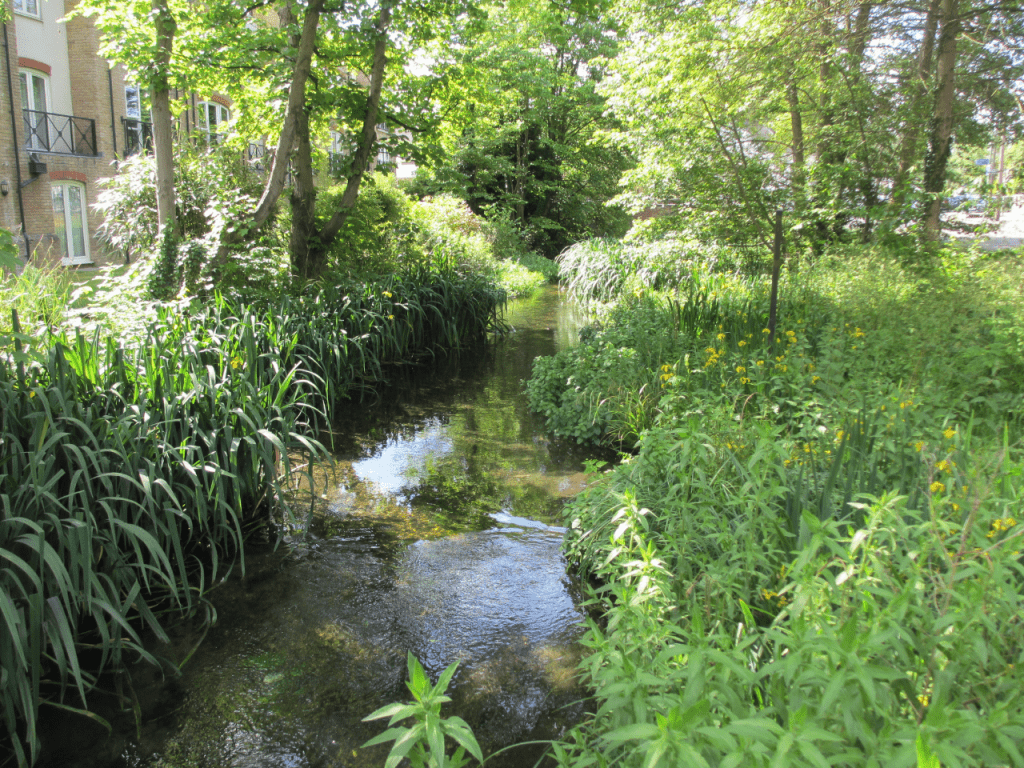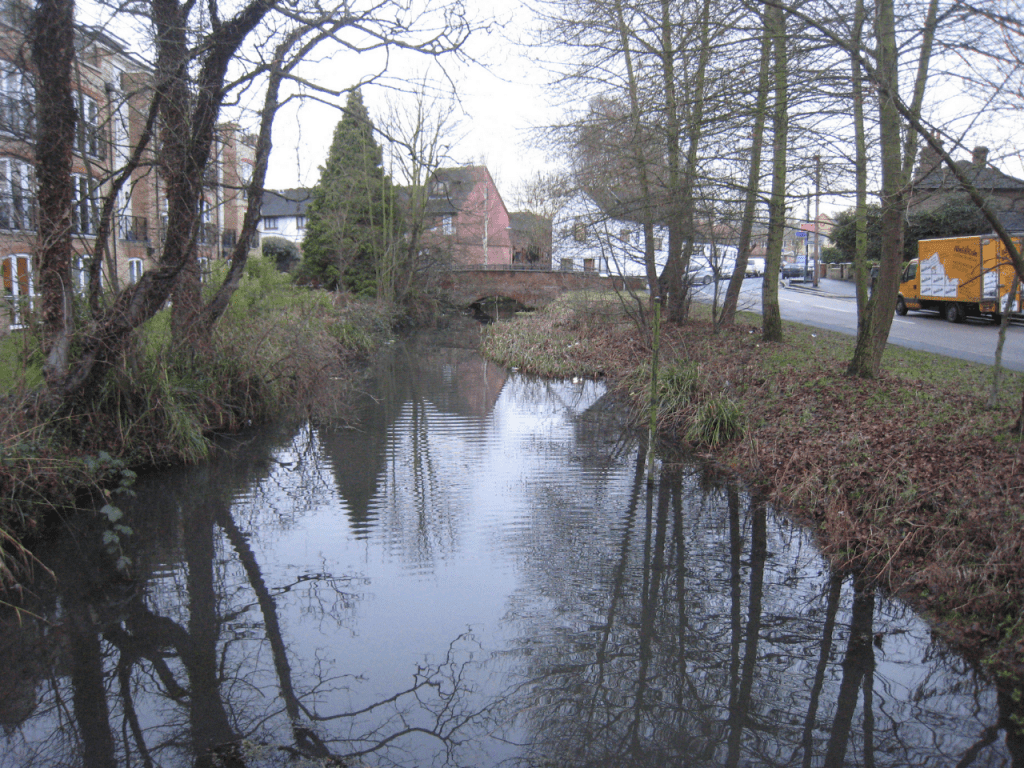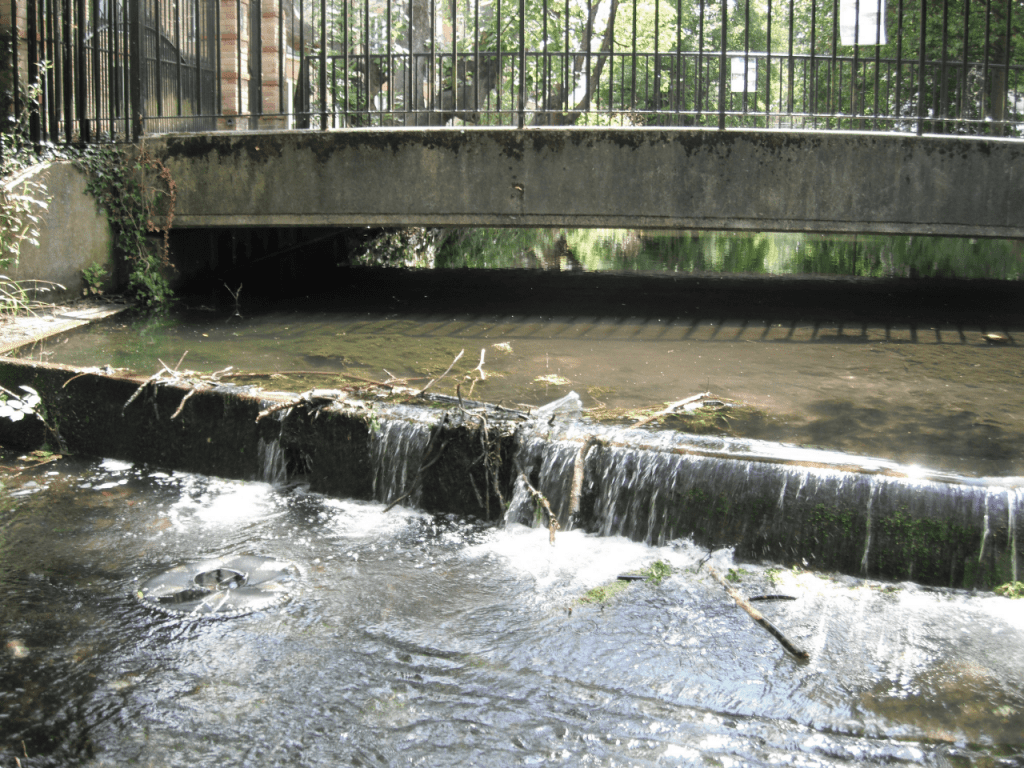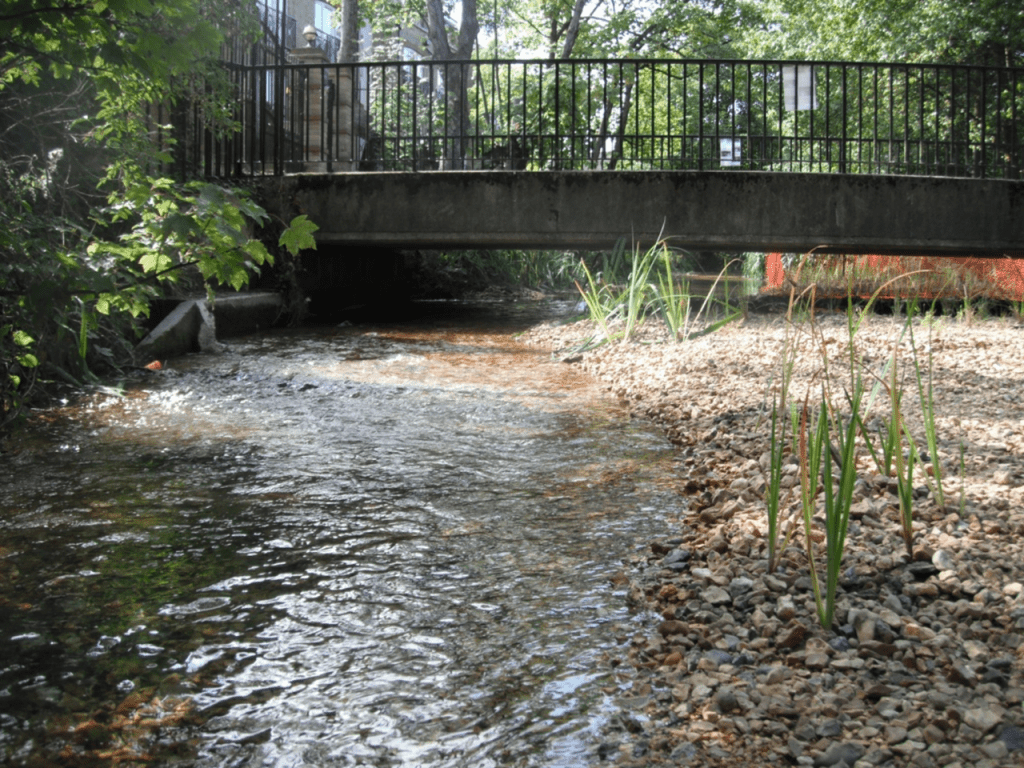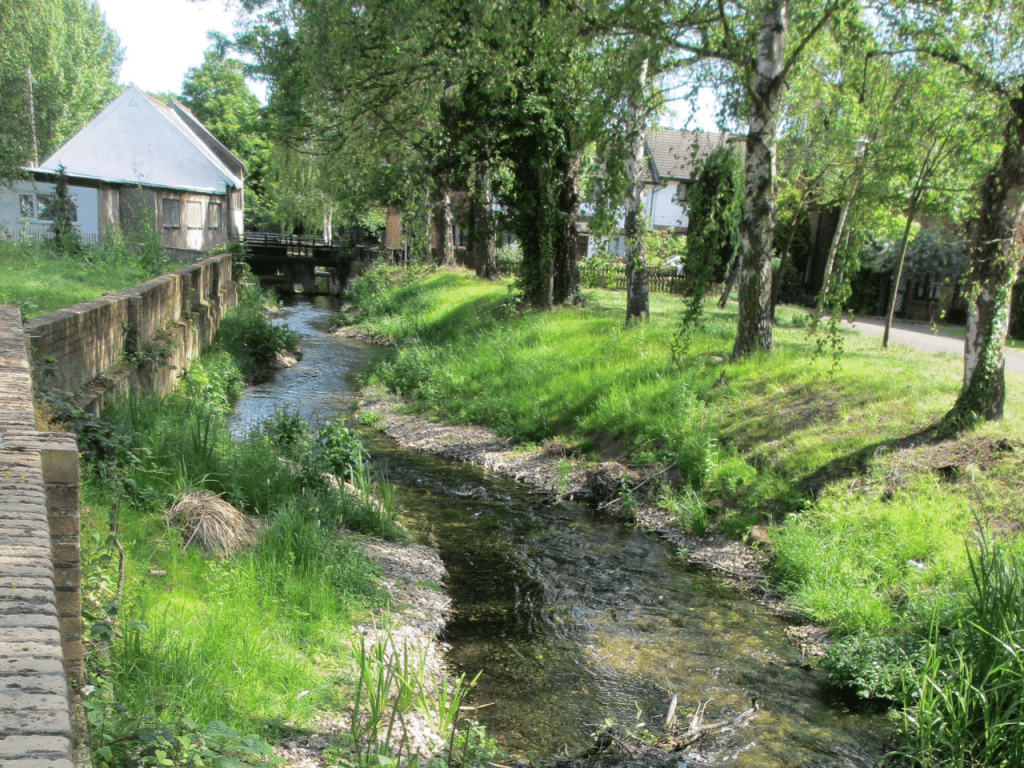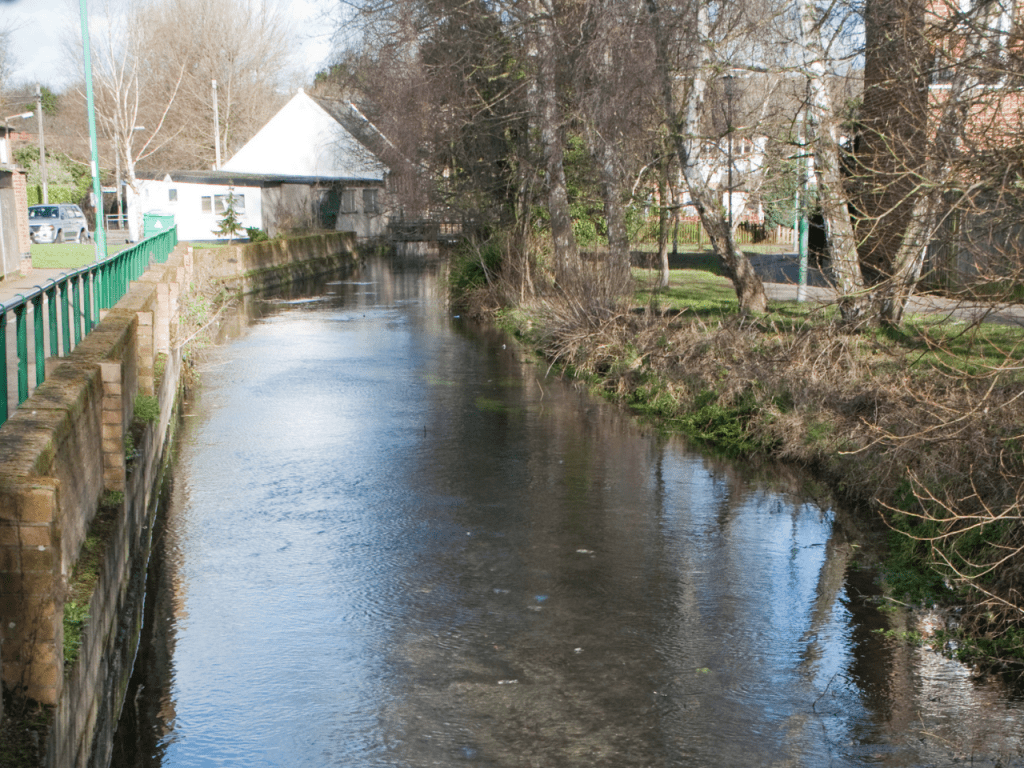The South East Rivers Trust restored the Carshalton Arm of the Wandle, making it the first river in London to achieve ‘Good Ecological Potential’ under the EU Water Framework Directive.
The Trust opened up fish passage, enhanced river habitat, and addressed urban pollution, creating a thriving river with brown trout beginning to reproduce successfully for the first time in over 80 years.
In recognition, the project is the proud winner of the Urban Category for the 2016 UK River Prize.

